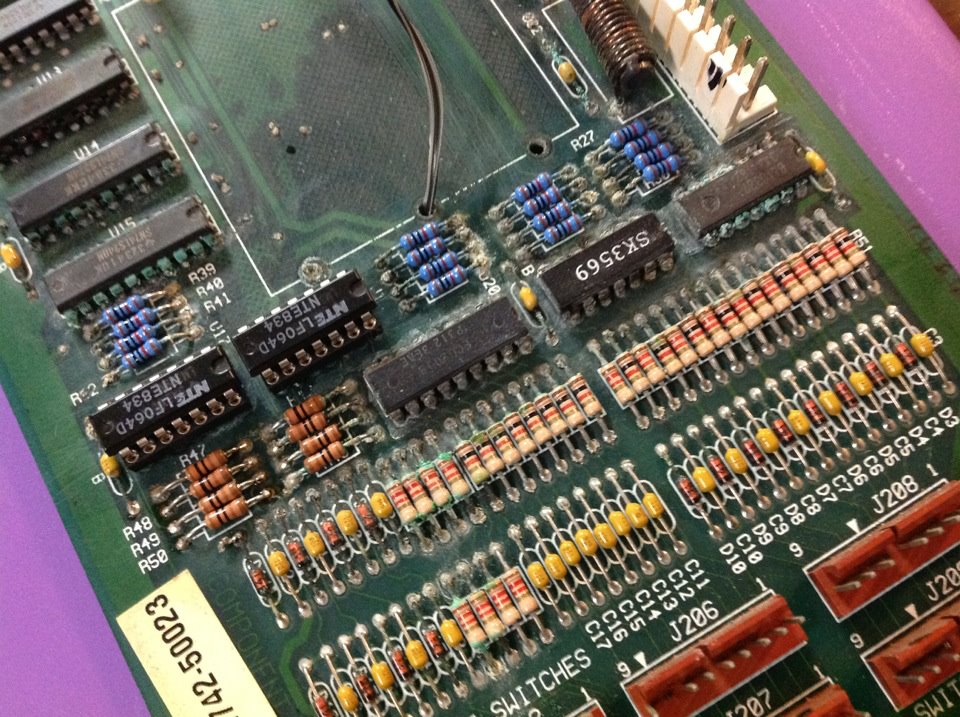I’m finally getting around to fixing my Bally Theater of Magic pinball. In this case, as is typical, the trunk stopped working. The trunk is not working at all, so let’s find out what’s wrong and I’ll also go into replacing the trunk opto board with a new and improved, German-made board. Will this fix all the problems? Watch and see….
Part 2: Work continues on the Bally Theater of Magic pinball – in this case, we’ve figured out why the trucnk wasn’t working even after installing a brand new, improved, aftermarket trunk board. The motor driver controller was shot! Now, while we’re bulletproofing the game, this is a good time to install the special Cliffy Protectors around the trunk to make sure there’s no damage to the plafield. In this video I go over how to lift the trunk out to be able to do this, among other things.
We finally got everything working on the Theater of Magic pinball – here’s a summary of everything that’s been done, along with an odd problem I had with an aftermarket proximity sensor.

